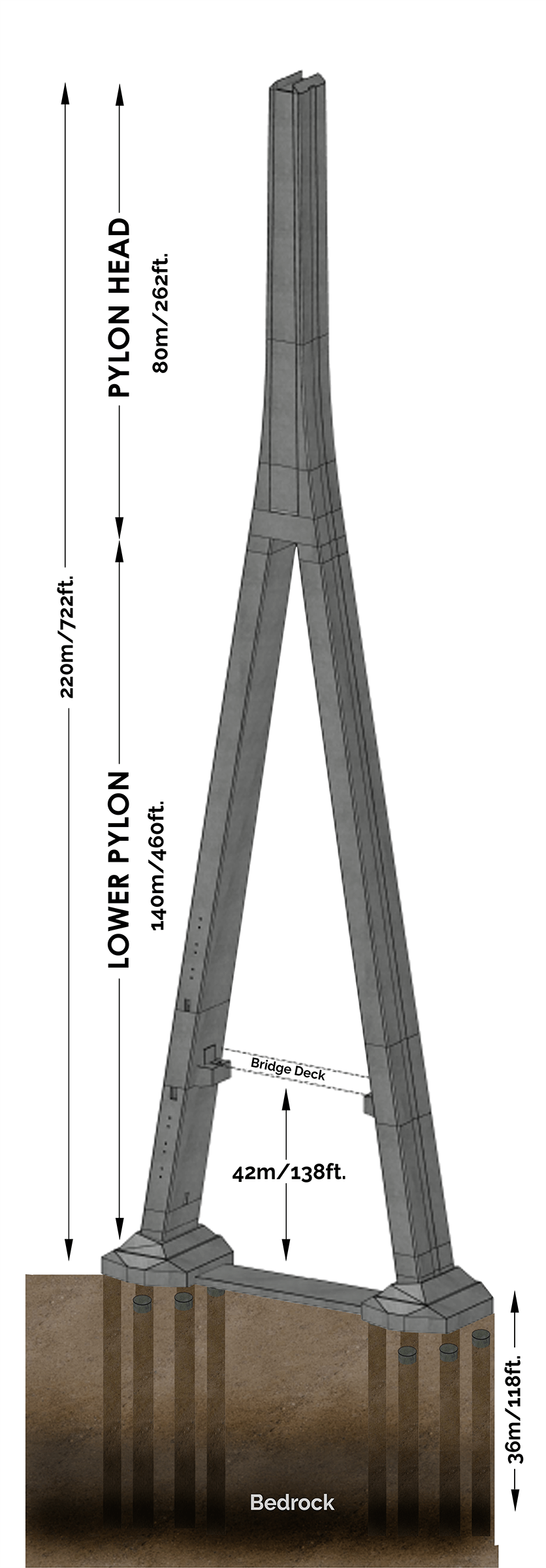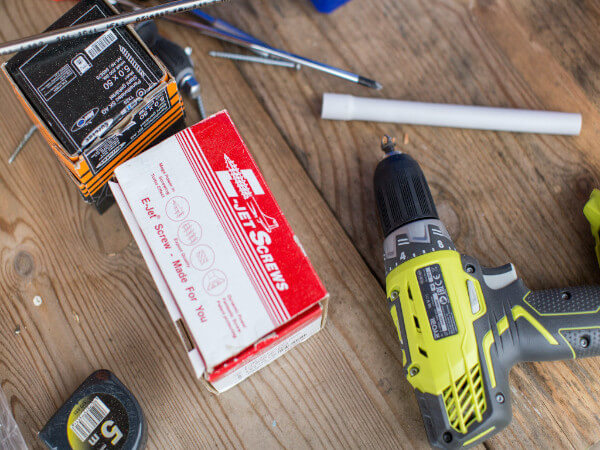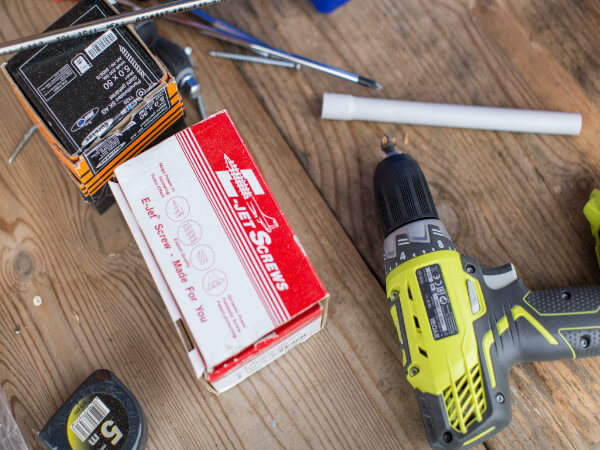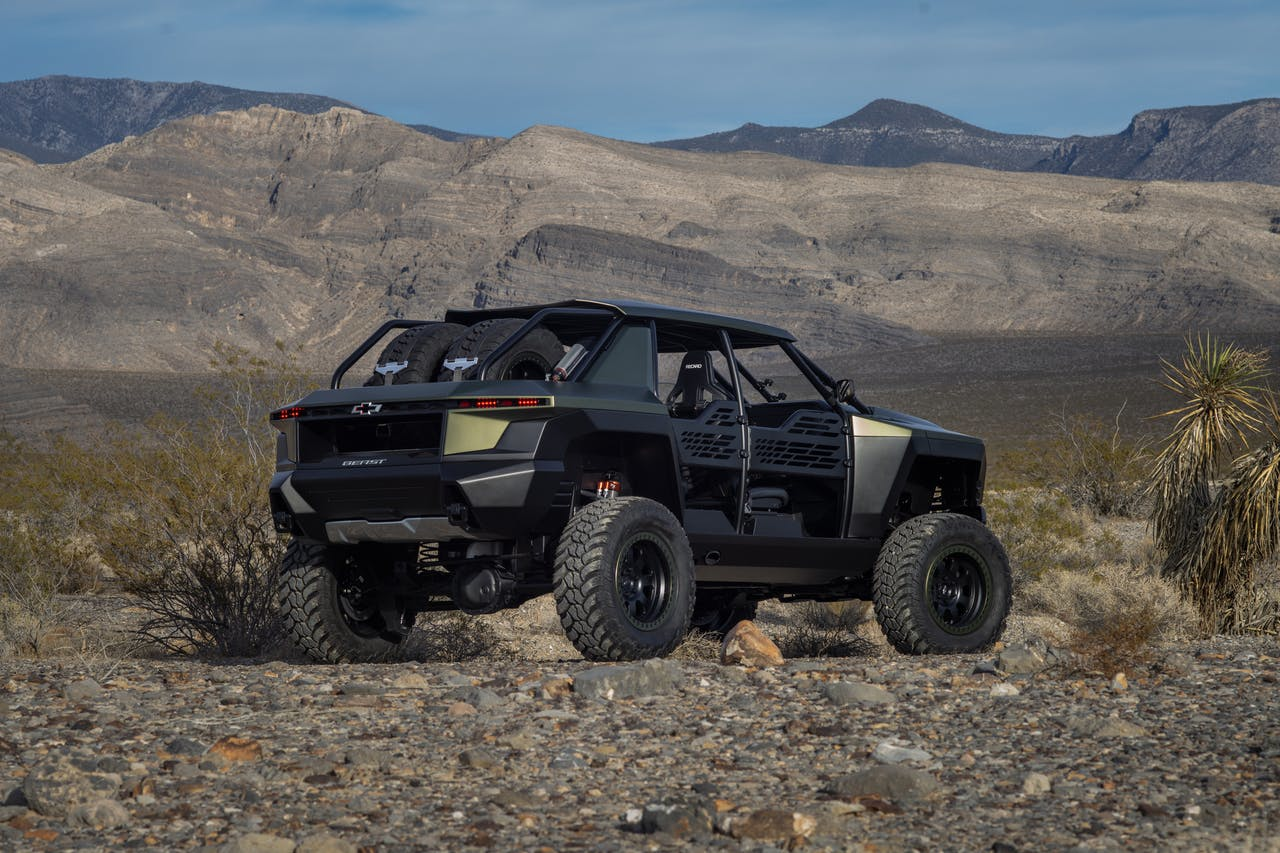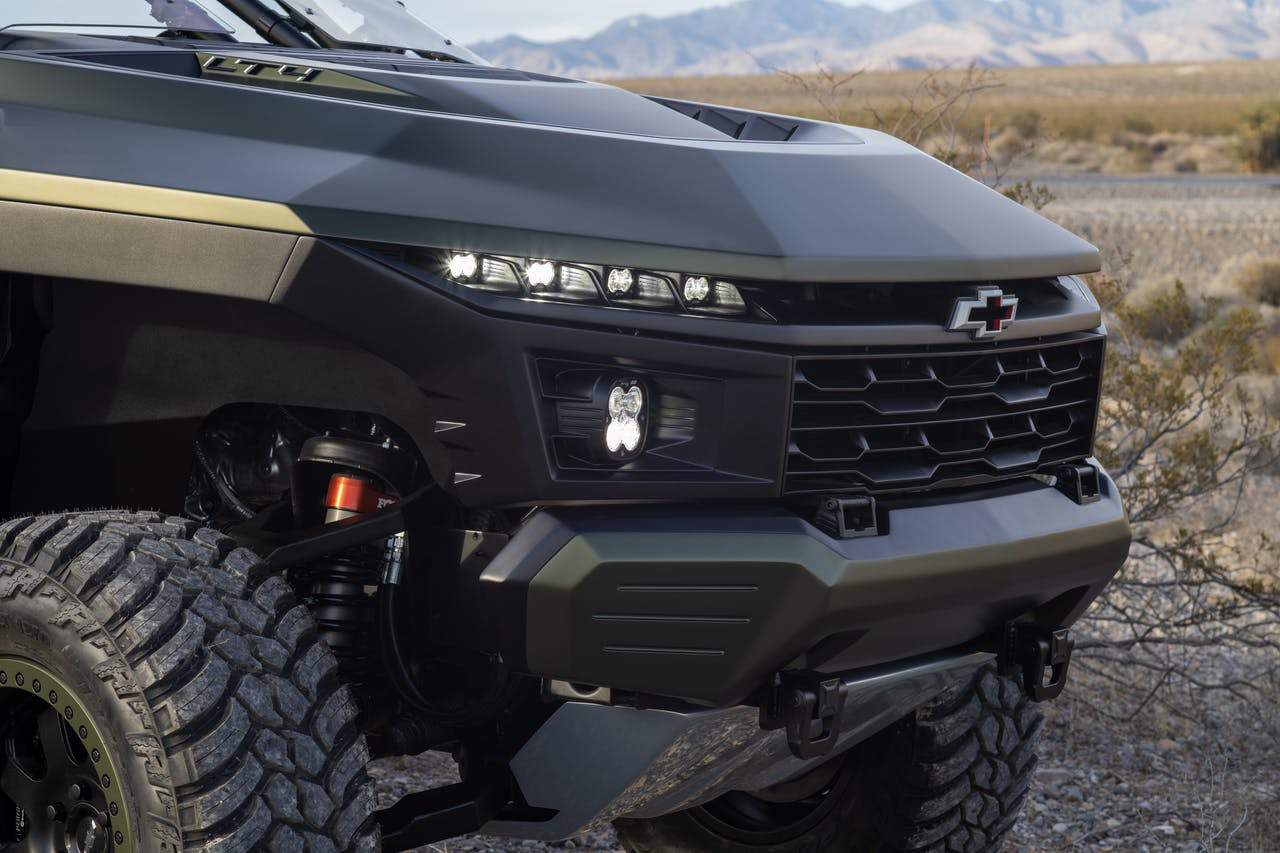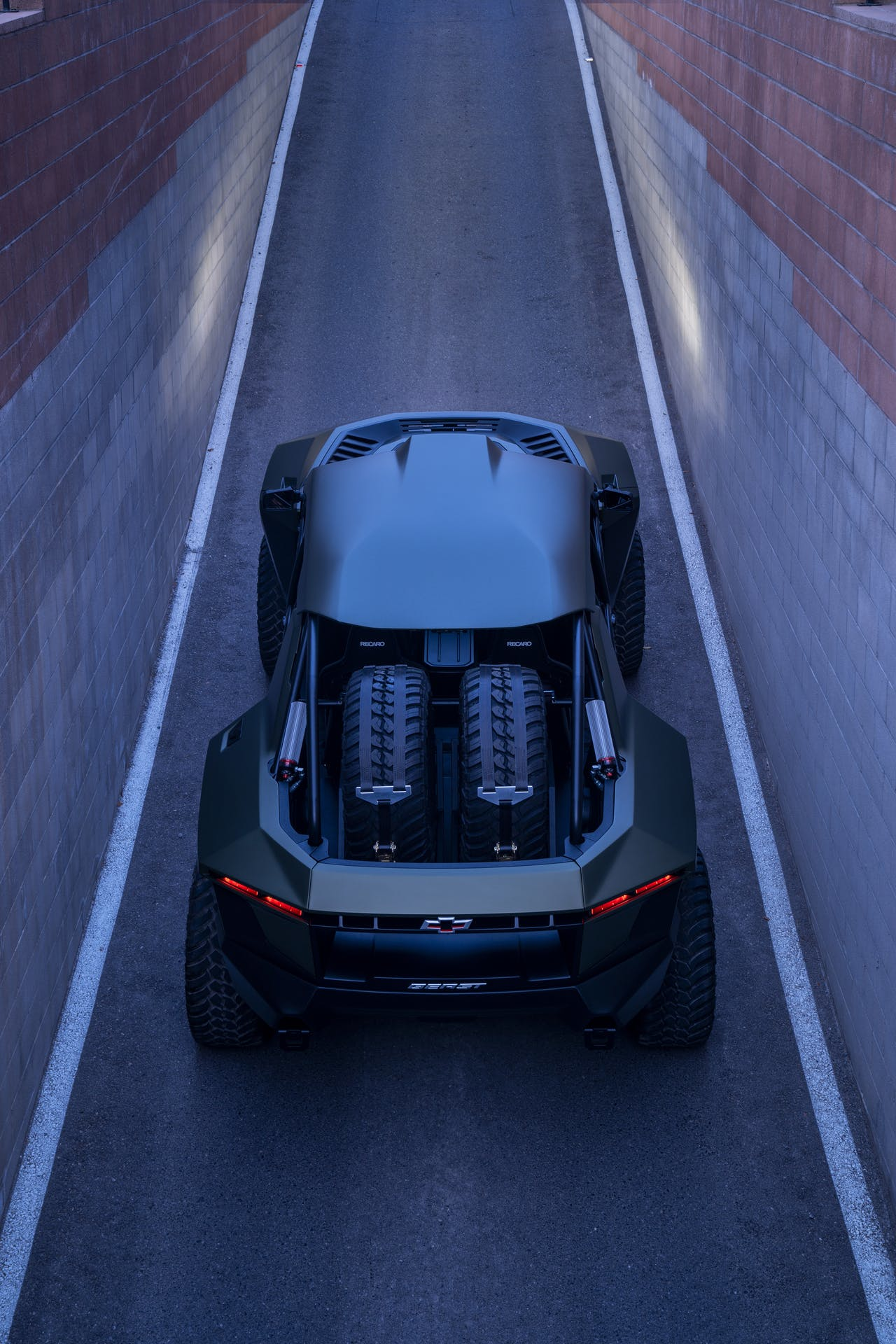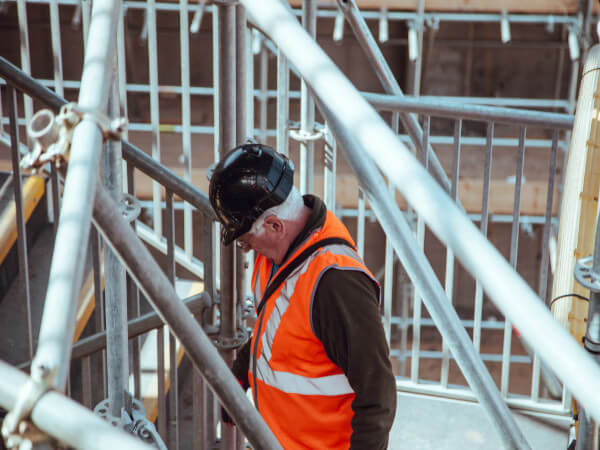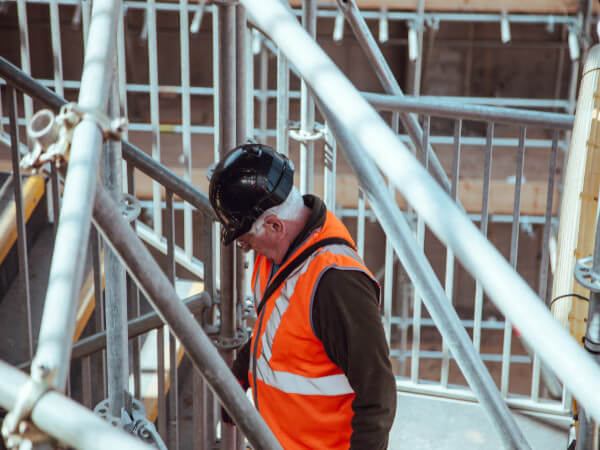Completing its family of Next Generation compact hydraulic excavators, Caterpillar unveiled the reengineered 304 and 305 CR.
Cat says both machines deliver up to a 20 percent increase in performance with up to 10 percent lower owning and operating costs compared with previous models.
“The technology we’ve put in these machines gives us a base for growing and expanding the offering even further,” says Greg Worley, Cat product expert. “We don’t end here. We’ll continue to grow and develop these machines with some of those technologies you see in the larger Caterpillar world.”
Cat now offers 17 compact excavator models ranging from the 1.5- to 10-ton size class. Common features and a consistent control layout across the range make training and operation easier, the manufacturer says.
Before we dig into the differences, let’s take a look at some of the commonalities between the two machines.
Performance Enhancements
Both new machines can travel faster, lift more and multifunction better compared to E2 series. This is due to a new engine and hydraulic system improvements.
Meeting Tier 4 Final and EU Stage V emissions standards, the Cat C1.7 Turbo engine delivers more power than the previous C2.4 engine. Fuel usage is reduced through standard auto-idle, auto-engine shutdown and efficient load-sensing hydraulics with a variable displacement pump.
High main-relief pressures, paired with flow rates, generate the hydraulic capacity for high digging and lifting forces and more efficient use of a range of attachments. Complete with quick-disconnect lines, the standard auxiliary system provides the choice of one-way, two-way or continuous flow.
Inside the Cab
If the cab looks familiar, that’s because it is the same one on other Next Gen models.
“Inside the cab, seat forward – the monitors, the console, the controls, the pattern changer – everything is common through the range of our machines from the 1.5- to the 10-ton,” says Worley. “Operators aren’t readily available like they used to be. Commonality is great as you’re moving from one machine to another.”
The sealed and pressurized cab enclosure is available with heating and/or air conditioning. A canopy option is available in some regions.
The Next Generation LCD monitor features a large display. An advanced option offers an intuitive touchscreen and camera monitoring.
As with other Next Gen models, the 304 and 305 CR feature cruise control and stick steer to help reduce operator fatigue, increase productivity and move around the jobsite more easily. With the push of a button, operators can activate stick steer and switch from conventional lever/foot-pedal steering controls to joystick operation.
Angle blade uptake has doubled on compact excavators with the addition of stick steer, Worley says. “You can put the blade in your right hand and use it just like a small dozer or track-type tractor. People can now do better grading and finishing with this angle blade.” The angle blade moves 45 degrees left or right of center.

Daily maintenance checks for the 304 and 305 CR are quickly made from ground level through side doors.Equipment WorldService and Maintenance
The 304 and 305 CR offer up to 10 percent lower total cost of ownership versus previous models because of lower maintenance and repair costs. These cost savings are achieved through:
Extended service intervalsParts commonality across modelsFlat, easy-to-fix panelsGround-level service accessCost-effective maintenance parts
While cab units feature an upward exhaust, major design changes were made to reroute the exhaust on the canopy units. This change was made as more information has become available on Tier 4 Final engines. “On the canopy machines, we bring the exhaust back through the counterweight,” Worley says. “If you’re in landscaping and working around the machine you don’t want that sound and exhaust near the operator, so we’ve taken it down away from them.”
304 now reduced radius – not compact radius
Don’t compare the new 304 to the E2 series, Cat says; it’s a completely redesigned model. Cat moved away from the compact-radius design to increase stability and balance on the 4-ton machine.
The tracks return to 67 inches wide, 10 inches slimmer than the 304 E2, a size that easily fits in tight spaces and on trailers. Track options include a rubber belt or steel track.
Operators will notice better digging and trenching, as well as the ability to carry heavy loads without tipping forward. “It makes it a better machine by making it a reduced radius,” says Worley. “Without changing any hydraulics, your backfill is greatly improved.”
With no extra counterweight, the 304 has a 14-inch overhang. With the optional 496-pound counterweight, the overhang is 18 inches.
The machine maintains 40 mm pins, so operators can use the same attachments and couplers as previous models.
305 CR “a true 5-ton machine”
An upgrade to the 305 E2, the 305 CR delivers nearly 9 percent more power with 11,061 pounds of bucket breakout force, 6,362 pounds of standard stick digging force and 5,665 pounds of long stick digging force. It also offers 5.6 inches deeper dig depths than the 305 E2, giving it more application flexibility.
The 305 CR offers 78-inch tracks for added stability and comes in three options: a rubber belt, steel track or steel track with rubber pads. “The steel track with rubber pads gives you the best of both worlds,” says Worley. “You can jump the curbs and have the strength and durability of a steel track. It also adds a lot of low-down weight to this machine, so you don’t actually need the extra counterweight with this type of configuration because you’ve got some naturally built-in weight.”
So, when should the extra counterweight option be used? Consider adding it if you’re using a heavy attachment configuration, like a tiltrotate system. The TRS6 is compatible with the 305 CR. The machine maintains 45 mm pins for compatibility with previous attachments.
Sneak peek: More technology, attachments coming
Cat also previewed some of the technologies from larger machines that will be trickling down to the smaller models.
By the end of the year, excavators from the 3.5- to 10-ton range will be Cat Grade capable. While the grade control technology will not be factory installed, it will be available as an aftermarket kit through Cat/Sitech dealerships.
Grade with advanced 2D includes hardware, sensors and a dedicated monitor for grade plan creation, editing and viewing. Grade with 3D includes GNSS receivers and antennas. A site radio is required for both 2D and 3D. Boom swing will not be supported by the system.
Tiltrotate systems will also be available for 3.5- to 4-ton machines in the first quarter of 2022. The new TRS4 will be Cat Grade supported for tilt, but not rotation.
Quick Specs
Model304305 CREngineCat® C1.7 TurboCat® C1.7 TurboNet power45 hp45 hpGross power48.4 hp48.4 hpMin. weight with cab8,875 lb11,234 lbMax. weight with cab9,867 lb12,688 lbTail swing radiusReducedCompactDig depth standard126.4 in 134.6Dig depth long138.2 in144.5 in
Net power advertised is the power available at the flywheel when the engine is equipped with fan at minimum speed, air intake system, exhaust system, and alternator.
Did you miss our previous article…
https://www.3555pacific.com/?p=529

